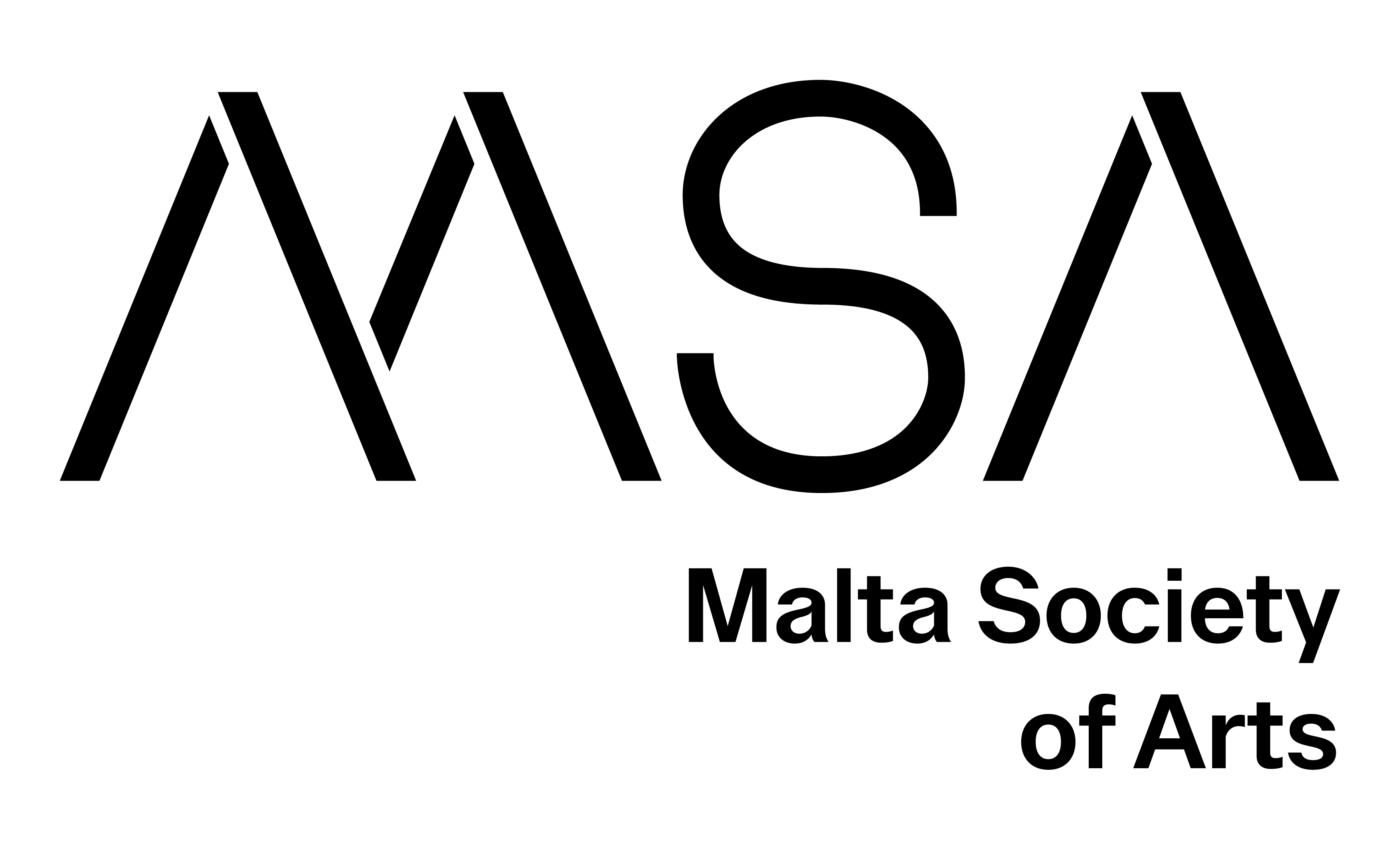Since the beginning of recorded human history, anxiety about death has been a widespread theme. From 4000-year-old Gilgamesh lamenting his own mortality and his struggle to achieve immortality to man's recent attempts to preserve his body using cryogenics (an effort not dissimilar in its aim to the ancient Egyptian practice of mummification), our species has understood our inadequacy to be immortal in numerous ways. Themes of transience and the fear of death have appeared in art, literature, myth, ritual, and philosophy throughout the ages. Philosopher and psychologist William James referred to our knowledge of our own finite life as "the worm at the core" of human existence.
Americans and Europeans in the 19th century suffered from a strange but extremely common fear of being buried alive. The fear arose from the reputation of doctors who lacked modern medical knowledge, as well as the non-obligation of relatives to obtain a doctor's certificate for a person's death. Before the advent of modern medicine, which makes the possibility of misdiagnosis of death - and premature burial - highly unlikely, there were few definitive means of determining death. Corpses were often quickly buried, particularly during times of plague or cholera. A nineteenth-century researcher, William Tebb published a book in 1896 entitled "Premature Burial and How It May Be Prevented". As readers of Poe know, in the 19th century, premature burial was a constant source of concern. People went to extremes to prevent premature burial. Some demanded that their heads be cut off. Others wanted their veins cut (such as the Danish author Hans Christian Andersen), their bodies dissected (such as the Polish composer Frédéric Chopin), or their bodies embalmed. All of these measures were designed to ensure with absolute certainty that the person was dead before being buried.
Thanks to the 'Society for Preventing the Burial of Living People', death was dealt with more aggressively than ever before. For example, the dead lay in their coffins for days or weeks before they were considered absolutely or sufficiently dead for burial. When the Duke of Wellington died in 1858, this macabre ritual of the postponement came to an end. The duke was buried two months after his death.
In the past, beyond logic and scientific data, art has documented all kinds of interpretations and attributions of disease and death in an attempt by man to control what was essentially uncontrollable: The appearance and curing of an illness as well as building the hope of healing, warning, and protection through a variety of ways. Nineteenth c. paintings will be discussed and put in context as they document taboo primal fears during pandemics.
Dr Maria Athanasekou completed a PhD in art history at the School of Architecture, National Technical University of Athens, on the art of the Pre-Raphaelites, an MA in Renaissance Studies at the University of London, Birkbeck College and a BA in Archaeology and History of Art at the National University of Athens. Currently, she is completing her post doc research at the University of Western Macedonia on Art and Education policy. She teaches art history at Frederick University, Cyprus and the Hellenic Open University, while in the past, among other institutions, she taught at the University of the Aegean and the National Technical University of Salonica. She has also delivered papers in a number of international conferences which have been published and contributed with chapters to books, as well as having published two e-books on art and education. She has edited and co written the book “Why art concerns me” (Γιατί με αφορά η τέχνη, Ηδυέπεια, 2020).
Back







